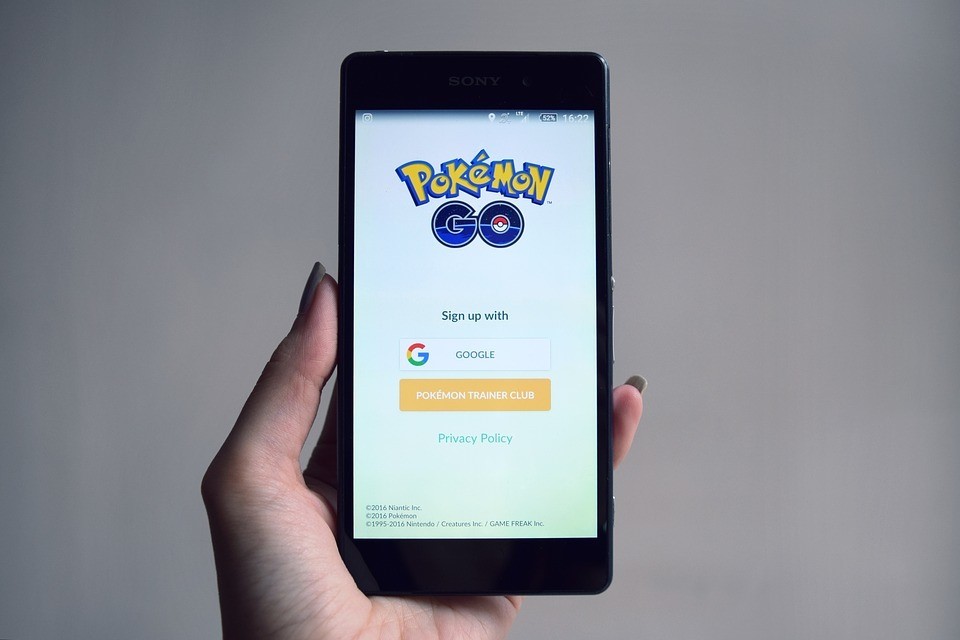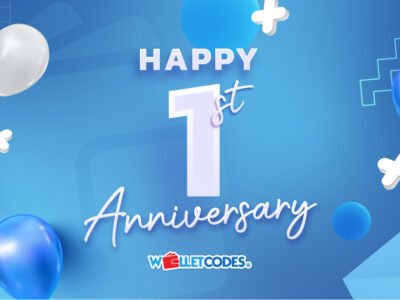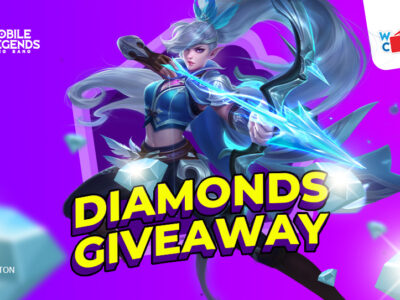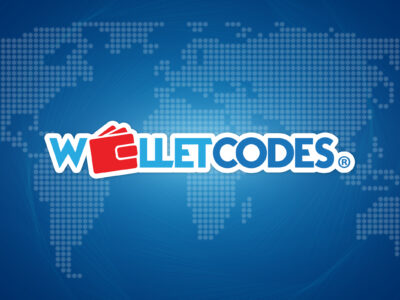
Formerly only those with a console or PC were able to enjoy the pass time of gaming. Smart phones have created an influx of availability in game access through mobile payment. Traditionally those wanting to purchase a new game physically went to a store which offered a limited range at a set price. Today people can also choose between literally hundreds of titles, ready to play from the convenience of their mobile device.
- Mobile games account for most of the time spent using apps – Picture source: Pixabay
Increase in Mobile Gaming
According to research by SLA the gaming industry is expected to be worth $118.6 billion annually by the end of 2019. Consoles currently make up 27% of gaming with PC and Mobile each taking 27% of the gaming market. Games continue to dominate all other mobile app categories both in terms of downloads and in revenue. Mobile games account for most of the time spent using apps.
Research conducted by SuperData in 2016 showed mobile gaming revenue to be over $40.6 billion worldwide. Asia generates the most revenue at $24.8 billion, with North America coming in second with $6.9 billion, followed by Europe coming in third with $5.7 billion. Games are more accessible to the masses as most people have access through a smartphone for mobile payment. Based on Nielsen 360° Gaming Report women find mobile and tablet gaming is just as appealing as men when compared to other more traditional forms of gaming. 51% of men and 49% of women over the age of 13 play games on a mobile device.
More consumers are preferring most convenient and reliable payment services in their mobile gaming. Services such as Wallet Codes sell vouchers for the digital online game distributor Steam. Mobile payment on Wallet Codes are made through mobile load/mobile prepaid, which bypasses the need to use online banking or a credit to complete a payment.
Monetization Strategies
In traditional gaming, once purchased, all access is granted within the game, the price is set and payed up front. On mobile devices at least, this concept is slowly being replaced with different approaches. Third-party advertising, demonetization, micro-transactions are making mobile gaming industry quite lucrative.
In game adverts remain a popular and simple method of monetization for developers. According to Smaato in app advertising is a vital marketing channel for brands, services and agencies. Advertisers able to reach consumers with a pinpoint accuracy through implementation of data tracking and in-app environment targeted users. There can be drawbacks if applied poorly and developers must strike a balance between how ads appear in games and the number of ads shown within a set amount of time. Too many ads too frequently will negatively affect user experience.
Data monetization is another way mobile game developers generate an income from their games. According to CIO White Papers Review the term data monetization refers to a service which generates measurable economic benefits from available information sources. Mobile game developers have access to a great deal of behavioral data surrounding their users. Users often understand that this data can improve their gameplay and preferences and are willing to exchange this information if it means avoiding in game adverts or payment for all the features.
The term freemium according to investopedia is a combination of the words “free” and “premium” which is used to describe a business model that offers both free and premium services. The mobile gaming industry uses this model by offering free simple and basic features in their games with the option of paying for additional features. This may include upgrades, special features or modification as the player progresses. Other aspects of the game might be locked behind a paywall such as extra levels, lives or hints for advancement.
- Pokemon Go has been hugely popular and Poké Coins can be bought for real money – Picture source: Pixabay
Nintendo’s Pokemon Go mobile game has been hugely popular and the purchase of additional Poke’ Coins for real money is how the company can offer a free to play game. The amount people are willing to spend on mobile games such as Pokemon Go varies greatly. Especially with a reliable access provided by mobile payment nowadays.
Whales, Dolphins and Minnows
According to research by Game Analytics there are four main categories of mobile gamers referred to in the industry as freeloaders, minnows, dolphins, and whales respectively. Freeloaders will never spend any money on a mobile game. Minnows will rarely spend money and when they do it’s in the lower range. Dolphins will spend a mid-range amount. Whales will spend large amounts on their gaming habits.
Game Analytics’ research shows that dolphins and whales are more likely to stick to playing a single game, committing to spending money and time on their chosen game. Freeloaders and Minnows are more likely to be prone to play different games and spend less time on these games.
According to research by SLA whales spend up to 30% more money than the average gamer and 48% of all total game revenues come from only 0.19 of gamers known as whales. This means that game developers are relying on only a small percentage of their audience to make money so seek inventive ways to hook these players and to keep them playing certain games.
Loot Boxes
Loot boxes have become an increasingly popular form of micro-transactions to engage players. According to WhatIs Loot boxes are in game purchases consisting of a virtual container that awards players with items and modifications based on chance.
The Chinese free to play MMO (massively- multiplayer online) ZT Online which came out in 2006 is credited as the pioneer of loot boxes. According to the book Red Wired: China’s Internet Revolutions “virtual treasure boxes, which may contain in game items worth more than the cost of the box itself”
Popular games such as Electronic Art’s Star Wars Battlefront 2, Blizzard’s Overwatch and Epic’s Games Fortnight have followed this model and use loot crates to generate additional income for their games.
While random loot boxes can usually be found within a game, the option of spending real life money to gain more loot is often an option. Star Wars Battlefront 2 for example awarded access to powerful characters such as Luke Skywalker and Darth Vader randomly, so the only way players could get coveted characters was by spending huge amounts of time playing or spending more money to buy more loot boxes.
As gamers are spending more on micro-transactions such as loot boxes an improved process is required.
Carrier Billing
The term carrier billing refers to mobile payment method that bills purchases from third party vendors of digital products. Societies starts progressing towards cashless payment methods carrier billing can provide some valuable benefits for both developers and gamers. According to SLA benefits for gamers include,
- A straightforward, simple and convenient purchasing experience.
- Secure payment options without the need for credit or debit card details
- Better conversation rates
- Rapid integration for game providers with access to a new customer and a changing market
- Games may benefit from in game exposure from incorporation from Mobile Operators marketing strategies
Carrier billing is becoming increasingly popular as traditional payment methods are not widely available in some emerging markets. According to Juniper Research it is estimated that carrier billing transaction volumes will reach $9 billion by the year 2022.
A smartphone is all a consumer needs to do mobile payment and purchases within games. Carrier billing services such as Wallet Codes allow consumers to purchase game codes for Steam using prepaid mobile airtime instead of credit cards or online banking. Steam codes are sent via SMS straight to a phone and email address in a matter of seconds, providing a quick service. As well as providing convenience this service also allows consumers to keep track and take control over how much they want to spend on their gaming habits. Reward points are another incentive Wallet Code offers and can also be earned with every purchase.
The growing mobile gaming industry is presenting developers and advertisers with a massive opportunity as they work to continue to understand how best to reach and market to their increasing audience as well as how to make mobile payment a seamless process.












